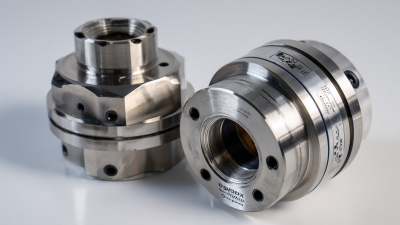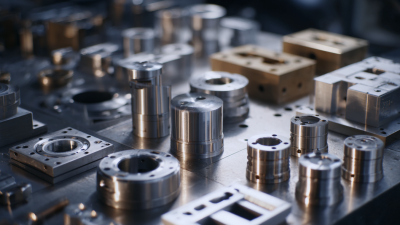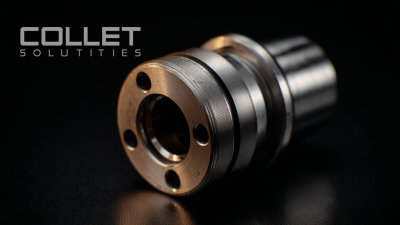
- sales@bjbod.com
- Mon - Sat at 7:00AM to 9:00PM

In today's rapidly evolving industrial landscape, the efficiency and reliability of operations heavily depend on the proper functioning of various critical systems, among which the Compressed Air System stands out as a vital component. These systems serve as the backbone for a multitude of applications, powering everything from manufacturing processes and assembly lines to pneumatic tools and equipment. Understanding the significance of compressed air in these environments not only helps in optimizing production performance but also plays a crucial role in energy management and sustainability efforts.
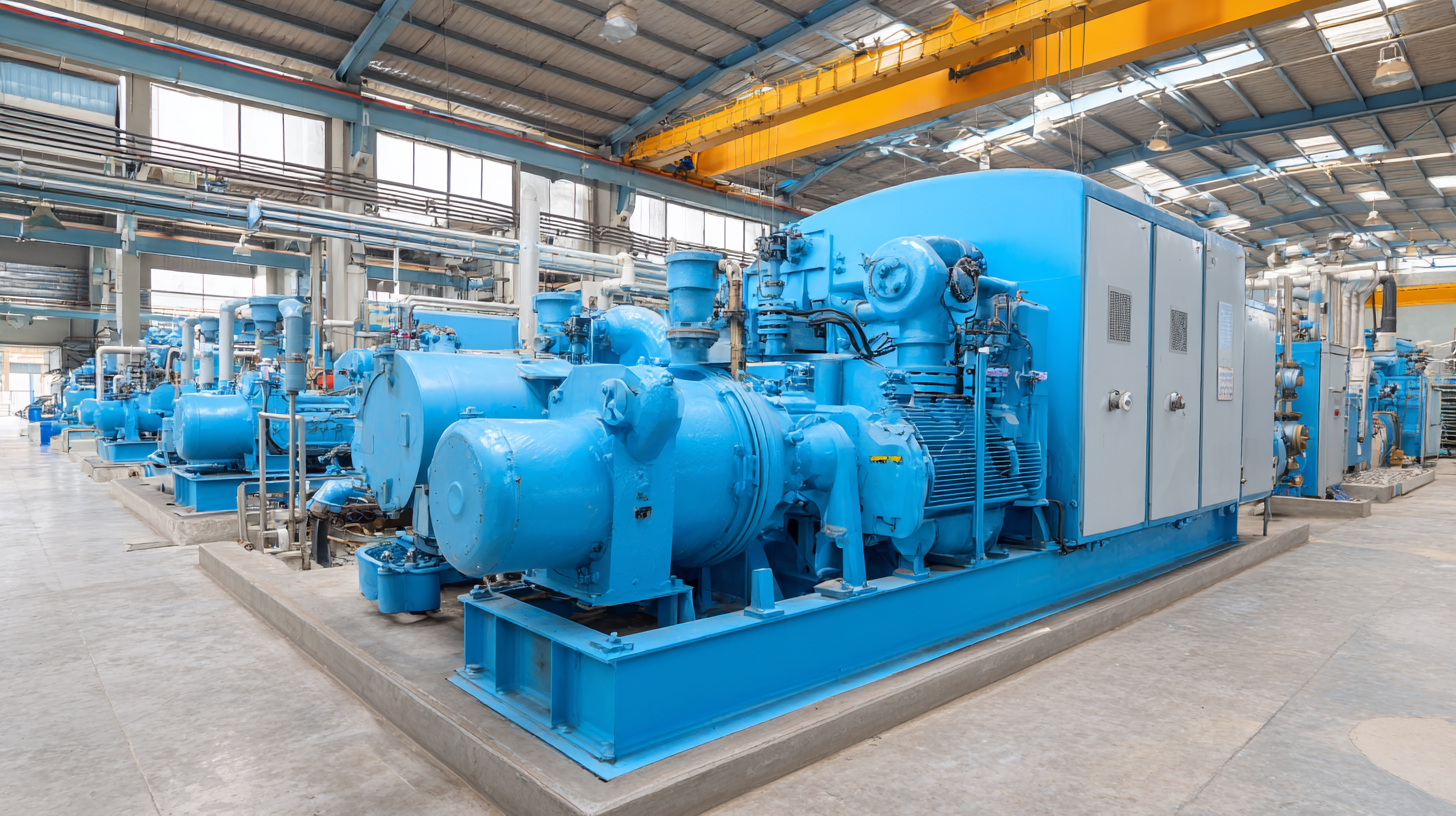
In this blog, we will explore the key aspects of compressed air systems, including their operation, maintenance best practices, and troubleshooting techniques, providing a comprehensive guide on how to effectively manage these indispensable systems to enhance productivity and minimize downtime in modern industries.
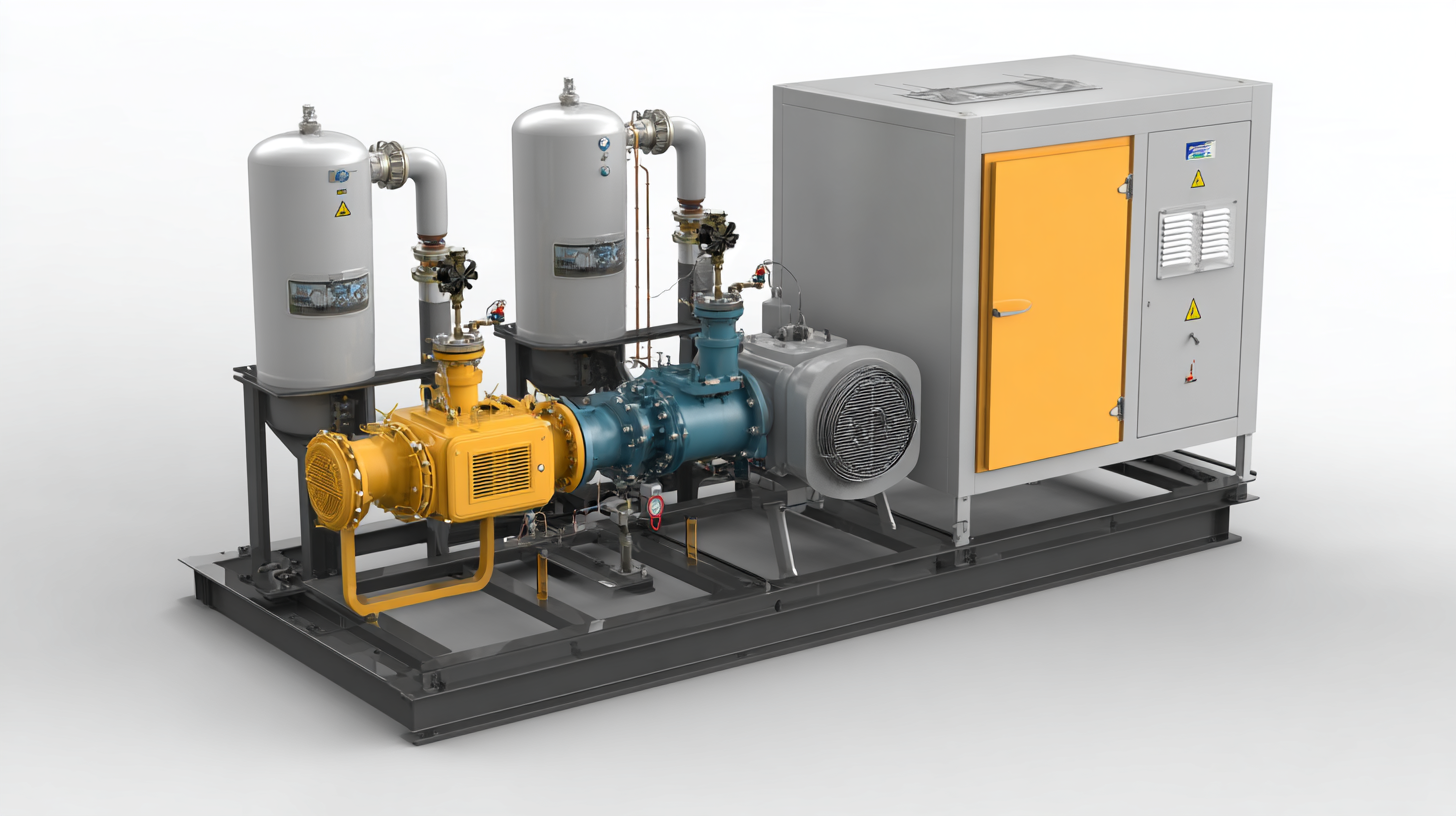 Compressed air systems play a crucial role in modern industries, providing a reliable power source for numerous applications. Understanding the key components of these systems is essential for optimizing performance and ensuring efficiency.
Primary components include air compressors, dryers, filters, and storage tanks. For instance, according to a report by the Compressed Air and Gas Institute (CAGI), air compressors account for approximately 10% of industrial electricity consumption in the U.S., underscoring the need for energy-efficient designs and proper maintenance protocols.
Compressed air systems play a crucial role in modern industries, providing a reliable power source for numerous applications. Understanding the key components of these systems is essential for optimizing performance and ensuring efficiency.
Primary components include air compressors, dryers, filters, and storage tanks. For instance, according to a report by the Compressed Air and Gas Institute (CAGI), air compressors account for approximately 10% of industrial electricity consumption in the U.S., underscoring the need for energy-efficient designs and proper maintenance protocols.
Filters and dryers are vital for ensuring the quality of compressed air, which can impact production processes and product quality. A recent study from the International Journal of Engineering Research & Technology highlights that poorly maintained filtration systems can lead to a 30% decrease in efficiency and an increase in operational costs. Additionally, storage tanks help maintain pressure stability, essential in preventing fluctuating demands that could disrupt manufacturing operations. With compressed air systems constituting a significant portion of industrial energy use, understanding these components and implementing best practices can lead to substantial cost savings and enhanced productivity in the long run.
In modern industrial settings, the optimization of energy efficiency in compressed air systems has become increasingly crucial. Studies show that compressed air can account for up to 30% of a facility’s total energy consumption, making it one of the most expensive forms of energy in industrial applications. By integrating advanced optimization techniques, such as machine learning and soft computing methods, industries can significantly enhance the efficiency and reliability of their compressed air systems. For example, a recent case study in Denmark demonstrated the effectiveness of Regime Synthesis Method (RSM) as a machine learning optimization technique for compressing air energy storage (CAES), resulting in improved system performance when paired with wind farms.
Furthermore, the adoption of hybrid renewable energy systems, including compressed air energy storage alongside technologies like electric vehicles, showcases the importance of multi-objective optimization strategies. These approaches can improve energy resource management while aligning with sustainability goals. Recent research into the optimization of an exergoeconomic framework for industrial CAES performance highlights how temperature and pressure classifications influence energy costs, emphasizing the need for tailored optimization methods. As industries strive to reduce energy consumption and minimize environmental impacts, leveraging innovative optimization strategies is essential for enhancing operational efficiency in compressed air systems.
Proper maintenance of compressed air systems is essential for ensuring their efficiency and longevity in modern industries. Regular inspections and routine maintenance can significantly reduce the risk of unexpected breakdowns. A key practice is to monitor and regularly change the air filters, as clogged filters can lead to increased pressure drops and energy consumption. Additionally, performing regular leak checks throughout the system is crucial; even small leaks can waste a considerable amount of air and increase operational costs.
Another vital aspect of maintenance is moisture control, as water can negatively impact the performance of compressors and downstream equipment. Implementing a moisture removal system, such as air dryers, can mitigate these issues. Operators should also keep an eye on the oil levels in lubricated compressors, ensuring they are within specified ranges to prevent wear and tear. Lastly, establishing a routine maintenance schedule that includes training for personnel on best practices will help ensure the compressed air system operates efficiently and with minimal downtime.
| Dimension | Description | Best Practices | Frequency |
|---|---|---|---|
| Air Quality | Ensure clean, dry, and oil-free air | Use air filters and dryers | Monthly |
| Leak Detection | Identify and repair leaks in the system | Conduct regular leak audits | Quarterly |
| Maintenance | Routine checks and parts replacements | Follow a preventive maintenance schedule | Biannually |
| System Pressure | Maintain optimal system pressure | Regularly check and adjust pressure settings | Monthly |
| Energy Efficiency | Reduce energy consumption | Optimize system design and usage | Annually |
Compressed air systems are vital in modern industries, powering everything from pneumatic tools to automated production lines. However, they are not without their challenges. Common issues such as air leaks, pressure drops, and contamination can lead to substantial operational inefficiencies. According to a report by the Compressed Air & Gas Institute (CAGI), air leaks can account for 20-30% of a facility's total compressed air consumption, translating to significant energy costs. Therefore, identifying and addressing these leaks promptly is crucial for maintaining system efficiency.
Additionally, pressure drops can severely impact the performance of tools and equipment relying on compressed air. The U.S. Department of Energy reports that a mere 2 psi drop in air pressure can increase energy consumption by about 1%, which compounds over time. Regular maintenance, including checking for leaks and ensuring optimal pressure levels, is essential to mitigate these issues. Moreover, contamination in the air supply can lead to equipment failure and product defects. Implementing filtration systems and routine inspections can help maintain air quality, ensuring that the compressed air system operates effectively and efficiently in supporting industrial processes.
This bar chart illustrates the common issues faced in compressed air applications across various industries, along with their frequency of occurrence. Understanding these issues can help in troubleshooting and maintaining efficient compressed air systems.
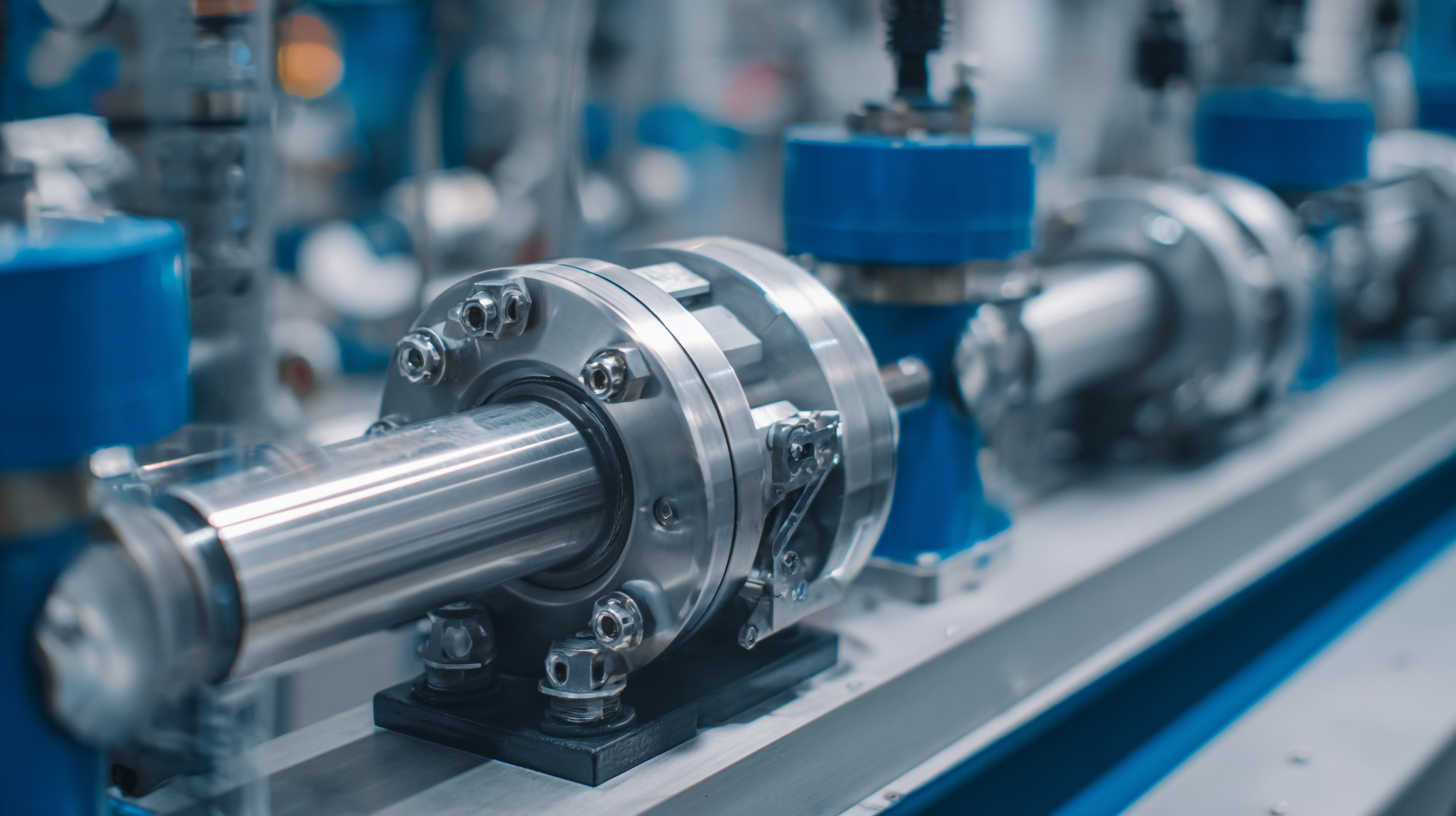 Compressed air systems are pivotal in modern industries, driving efficiency and innovation across various sectors. Recent advancements in compressed air technology have redefined operational capabilities, enabling businesses to optimize energy consumption and reduce costs. For instance, the introduction of variable speed drives allows companies to adjust air compressor performance in real-time based on demand, resulting in significant energy savings.
Compressed air systems are pivotal in modern industries, driving efficiency and innovation across various sectors. Recent advancements in compressed air technology have redefined operational capabilities, enabling businesses to optimize energy consumption and reduce costs. For instance, the introduction of variable speed drives allows companies to adjust air compressor performance in real-time based on demand, resulting in significant energy savings.
Tip: Regularly monitor and maintain your compressed air systems to prevent leaks and optimize performance. A small leak can cost a business thousands annually, emphasizing the importance of routine checks and maintenance procedures.
Moreover, the integration of smart technology in compressed air systems is changing the landscape of industrial processes. IoT-enabled compressors provide real-time data analytics, allowing for predictive maintenance and immediate response to potential issues. This proactive approach minimizes downtime and enhances productivity.
Tip: Implement a monitoring system to track your compressed air usage trends. By analyzing this data, you can identify areas for improvement and ensure your system is running at peak efficiency.

